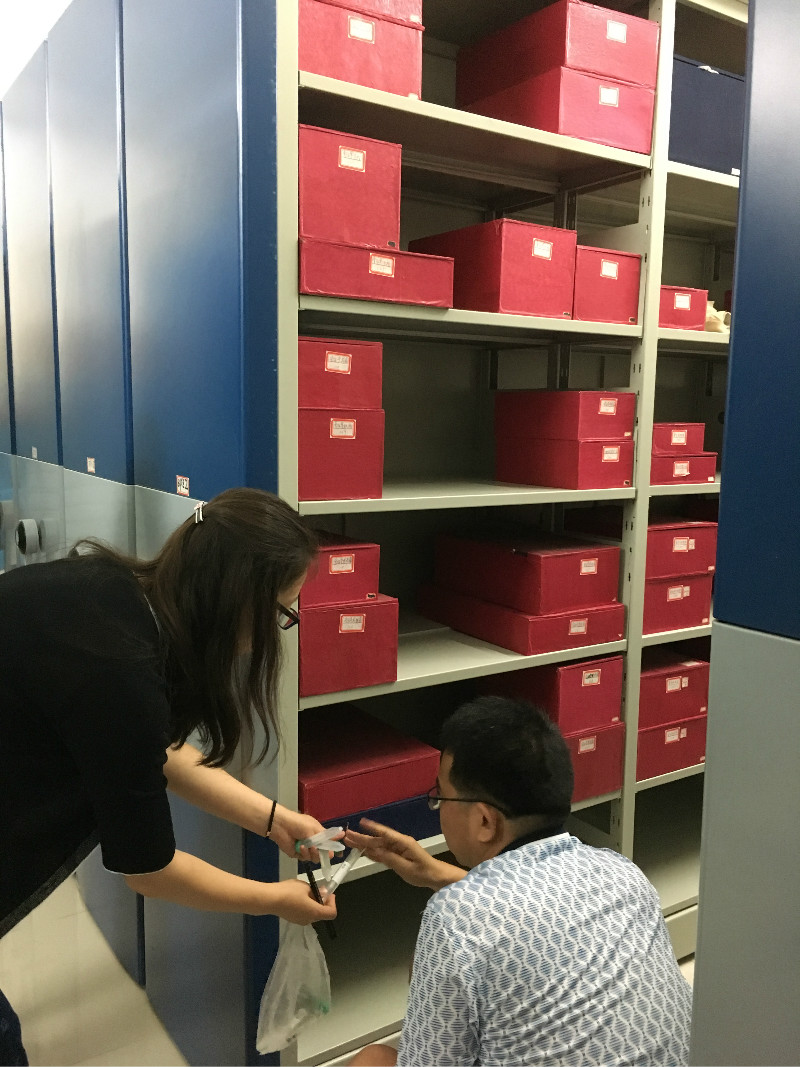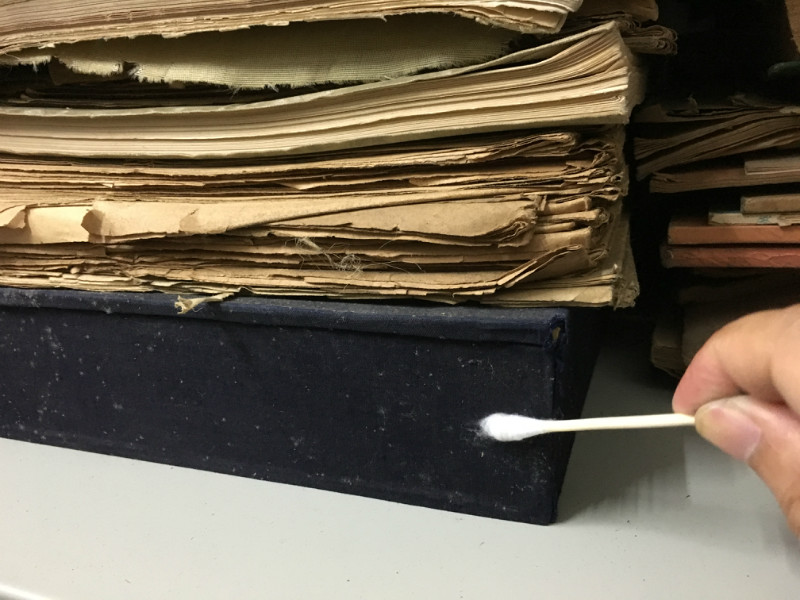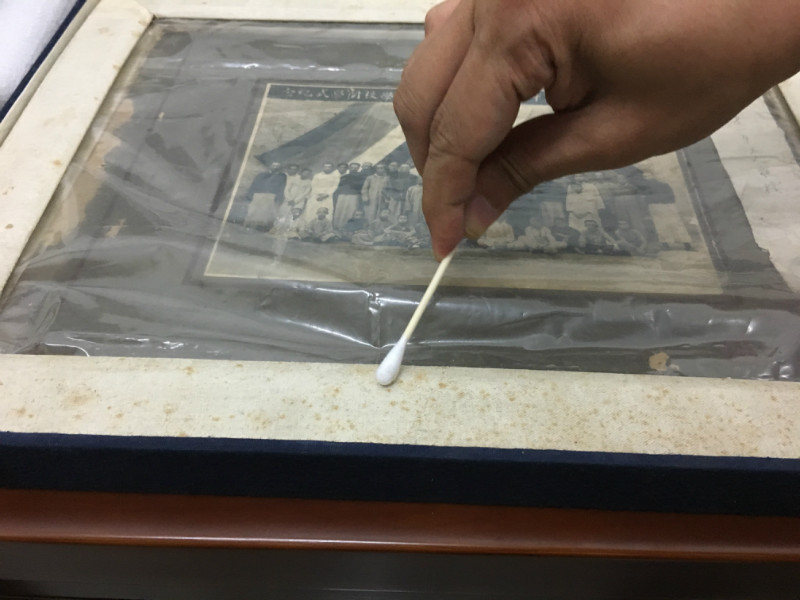Time is the greatest enemy of the protection of cultural relics. The increasing number of visitors constantly changes the humidity and temperature of the storage, and places higher requirements for security. How to find a balance point in attracting visitors and protecting the collections has become difficult for every protector of cultural relics.
"Locking the cultural relics in an iron cabinet is not the right solution.” Chen Zhuo, curator of the Tianjin Museum, recently signed an agreement with the Tianjin University School of Life Sciences in the hope of using modern science and technology to better protect non-reproducible precious cultural relics.
Recently, Huang Jinhai, a professor of the School of Life Sciences at Tianjin University, was busy extracting essential oils from all kinds of flowers with his students. However, the use of these essential oils is not for aromatherapy, but to protect cultural relics.



Sampling
During the experiments, Professor Huang Jinhai discovered that clove essential oil had an inhibiting effect on fungi on paper and wood products which had been stored for a long time. And fungi were the main cause of mold spots on ancient Chinese calligraphy and paintings and wooden cultural relics. Huang said, “Students have taken fungi from the collection of the Tianjin Museum to identify the species. At present, six different fungi have been found. We are analyzing which family and genus of clove essential oil have better inhibitory effect on certain kinds of fungi and figuring out the quantity and the inhibition time for the optimal effect. At present, experiments prove that clove essential oil can effectively inhibit fungi when we drop essential oil on paper and put it together with cultural relics. This method not only can make cultural relics fragrant, but also doesn’t make the slightest damage to the cultural relics.
As one of the fine works handed down by Fan Kuan, a painter of the Northern Song Dynasty, the famous silk ink painting "Forest with Snow"(《雪景寒林图》)is now preserved in the Tianjin Museum. The Tianjin museum is the first state-owned privately-operated museum in China. It coincides with the centenary of the Museum. Tianjin has a history of only 600 years, and there are not many cultural relics unearthed locally. However, there are various kinds of exhibitions in the Tianjin Museum, most of which have been donated by private collectors. These cultural relics, especially some calligraphy and paintings on paper and silk, due to their long history and great environmental changes, are more difficult to protect than those preserved in the same environment all year-round.” It is pleasing for Chen Zhuo that Fan Kuan’s Forest with Snow can surely be preserved for a longer time, and later generations can appreciate the immortal charm of ancient art works with the protection and restoration technology of flower essential oils from professor Huang’s team.
Tianjin’s movable heritage monitoring center is located in the Tianjin Museum. Chen Zhuo said, “We are the headquarters of cultural relics monitoring for all the museums in Tianjin. We can monitor the temperature, humidity and harmful gas in the cabinet every day. If the environmental factors go against the protection of cultural relics, we will notify the relevant departments to deal with them immediately.” He hoped that scientists at Tianjin University could provide more new ideas and new technologies for the protection of cultural relics.
By: Shao Yidi, Li Qin
Editors: Sun Xiaofang and Keith Harrington






